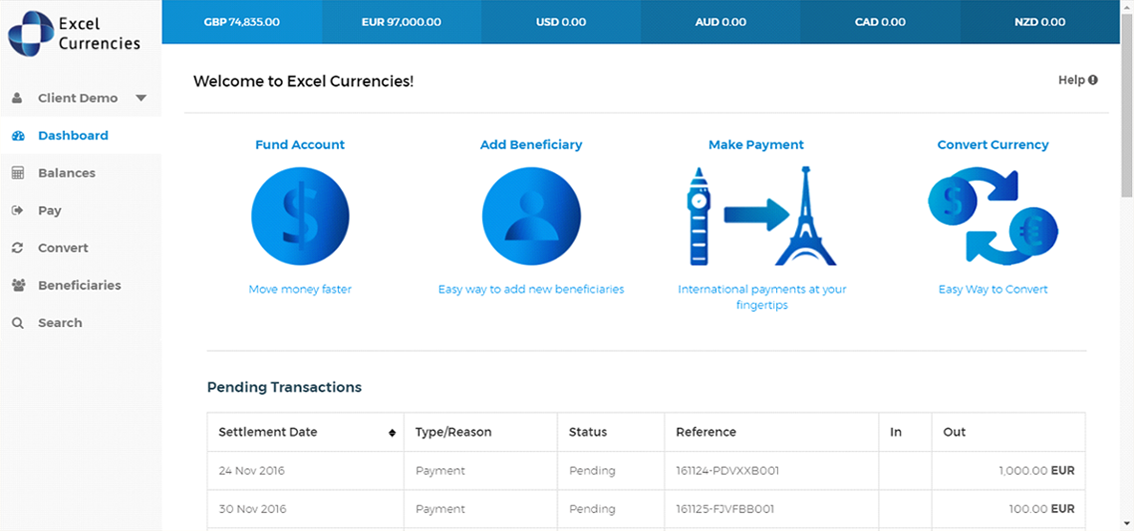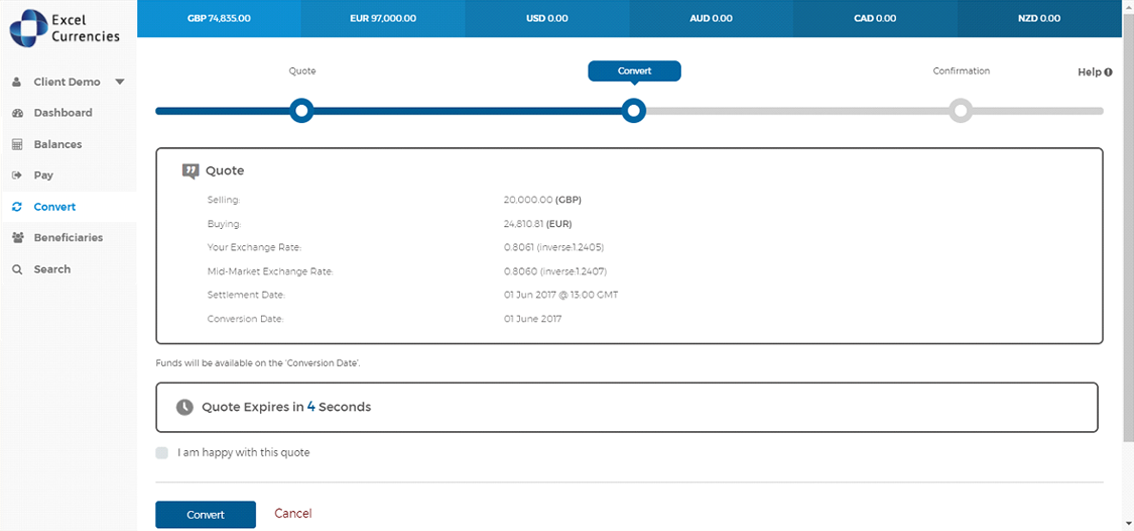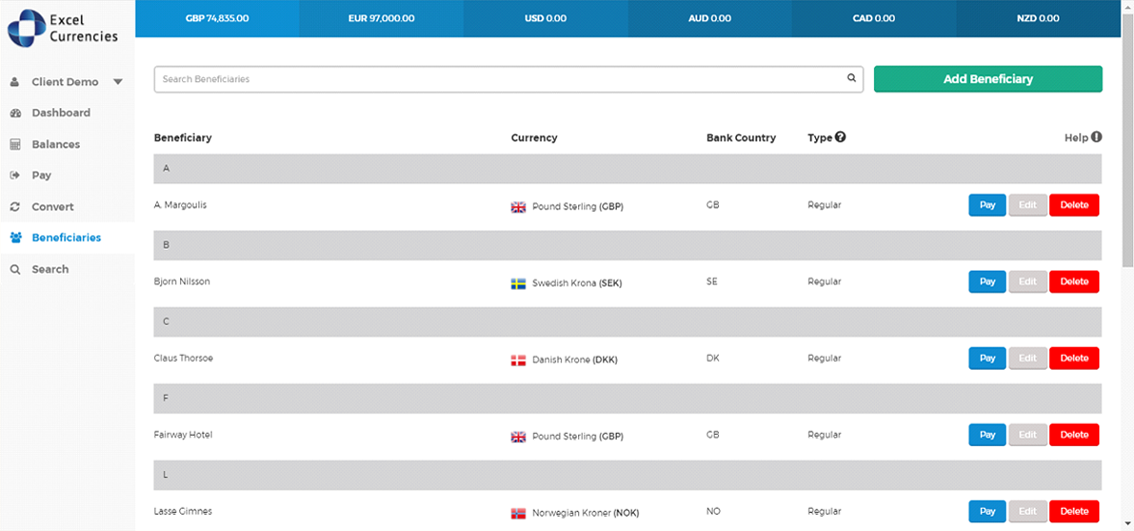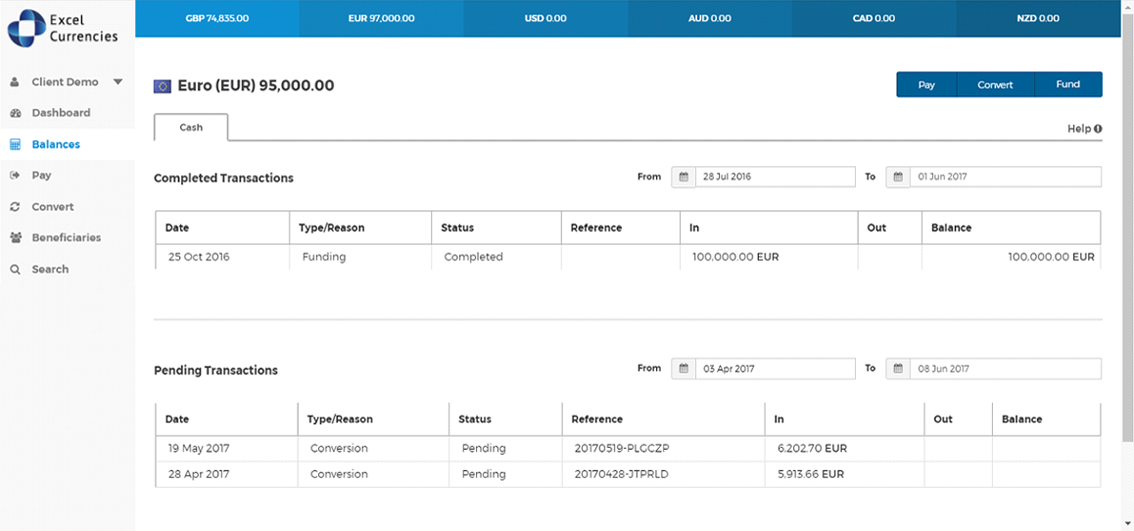
Spot converting, also
known as spot trading or spot conversion, is the process of exchanging one
currency for another at the current market exchange rate.
Unlike Forward Contracts, which involves agreeing to
exchange currencies at a predetermined rate on a future date, spot converting
involves immediate settlement, typically within two business days. This makes
spot converting the most straightforward and instantaneous method of currency
exchange.
In spot conversions, the exchange rate is determined by the
supply and demand dynamics in the foreign exchange market, which are influenced
by factors such as economic indicators, geopolitical events, interest rates,
and market sentiment. As a result, spot conversion rates can fluctuate
rapidly throughout the trading day.
Spot transactions are facilitated through various channels,
including banks, currency exchange services, and online trading platforms.
These intermediaries provide liquidity and match buyers with sellers, ensuring efficient
execution of currency exchanges.
The spot rate serves as the foundation for individual forex
trades, the most common type of transaction in the forex market. Compared
to rates for Forward Contracts, this rate is publicised far more widely. In
contrast to the Forward Contract rate, the spot rate values currencies in
relation to foreign currencies as of right now, rather than at a later date.
Spot converting is integral to various financial activities
conducted by a wide range of participants globally. Among the most-traded
currencies in the forex market are the USD, Euro, GBP, and Yen, reflecting
the economic significance of their respective countries.
The forex market operates virtually around the clock, with trading occurring across different time zones. Participants include multinational corporations engaged in international trade, hedge funds seeking investment opportunities, government institutions managing foreign reserves, mutual funds diversifying portfolios, and insurance firms hedging currency risks.
Key factors that affect the spot rate

Economic indicators & market sentiment
Factors such as GDP growth, inflation rates, unemployment
levels and trade balances heavily influence market sentiment and investor
confidence in a country’s currency.
For instance, robust economic performance often leads to a stronger
currency, as investors seek higher returns in economies with healthy
fundamentals. Conversely, economic downturns or uncertainties can weaken a
currency as investors seek safe havens.
Central bank policies, including interest rate decisions
and monetary stimulus measures, also significantly impact market sentiment and
consequently spot rates.
Interest rate differentials
Currencies issued by countries with higher interest rates,
inflation targets, and monetary policy expectations can lead to fluctuations in
spot rates. Traders closely monitor interest rate differentials to
capitalize on trade opportunities.
Political stability & geopolitical events
Political uncertainty, government instability, and
geopolitical tensions can lead to heightened market volatility and
depreciation of a country’s currency. Equally, countries with stable political
environments often experience stronger currencies as investors perceive them as
safer investment destinations.
Major geo-political events such
as elections, trade disputes, or geopolitical conflicts can trigger sharp
movements in spot rates as market participants reassess risk perceptions and
adjust their positions accordingly.
Trade & current account balances
This is the difference between a country’s exports and
imports. A positive trade balance, where exports exceed imports, can
strengthen a country’s currency as it indicates higher demand for its goods and
services. A negative trade balance, or trade deficit, may put downward pressure
on the currency.
Current account balances, which include trade in goods and
services, as well as investment income and transfers, also influence spot
rates. Countries with surpluses in their current accounts tend to have stronger
currencies, while those with deficits may experience currency depreciation.
Market sentiment & speculation
Traders and investors often react to news, rumours, and
market trends, leading to buying or selling pressure on currencies. Sentiment
can be influenced by a variety of factors, including economic data releases,
central bank announcements, and geopolitical developments.
For instance, positive economic news may lead to increased optimism about a country’s prospects, driving up its currency. Negative news though can trigger selling pressure and currency depreciation.
A guide to executing a spot trade

Research providers
Before initiating a foreign exchange transaction, research
different providers and choose someone who fits your requirements best. Don’t
just look for who is the cheapest option as most of the time this can
prove to be the costliest.
Consider reputation, expertise, type of service, spreads,
fees, and delivery options to find the best deal for your currency exchange
needs. Here is a blog on why you should consider Excel
Currencies as your provider.
Open an FX account
First, complete the account opening process by providing
the required information including identification documents, such as a
passport or driver’s license and proof of address.
Once the account is opened and verified, you will either
receive login credentials to access the trading platform or notified via email
you can start exchanging through your account manager.
Ensure to familiarize yourself with the platform’s features
and explore the companies’ risk management tools, and trading strategies
to make the right decisions.
Initiate the transaction
Provide or enter details such as the currencies involved,
the amount to be exchanged, and any specific instructions or preferences you
may have. Before finalizing the transaction, carefully review all details
provided and ensure that the recipient’s information, such as bank account
details or recipient’s address are all correct to avoid any delay or
errors in the transaction process.
Fund the transfer
After confirming the transaction, you will need to transfer
the funds to the designated account provided by your FX provider. Be sure to
follow any specific instructions provided by your provider such as a reference
number to ensure smooth fund transfer. Online banking is your best bet here
or alternatively, telephone banking or going into your local banking branch to
make the transfer.
Receiving the funds
Finally, once the transaction is complete, you will receive
the funds in the designated currency and account specified during the
initiation process. Depending on the provider and the transfer method chosen,
the funds may be available immediately or may take some time to reflect
in your account.
It’s really that simple.

Get in touch with us today to find out what Excel Currencies can offer you!

 Twitter
Twitter Facebook
Facebook linkedin
linkedin Google
Google









